Habanori rice Journal

On the left is dried Habanori, and on the right is the toasted version.

Toast the Habanori in a 200°C toaster for about 20 seconds until it turns a beautiful green.
You can also dry roast it in a frying pan.

One of the most classic and arguably the best ways to enjoy Habanori is in "Habanori Rice."
The ingredients are simple: Habanori, rice, and soy sauce.
However, the method is not just placing Habanori on rice and pouring soy sauce over it.
In Owase City, Mie Prefecture, Japan where Habanori is particularly popular, the standard method involves soaking the Habanori in soy sauce before placing it on the rice.
Why is this method so popular and what makes it so delicious?
Let's find out!

First, let's try placing toasted Habanori on rice and drizzling soy sauce over it.

Wow!
This is already incredibly delicious!
It’s entirely different from the usual seaweed, like Susabi Nori and Aonori.
The flavor and aroma reminds me of like a combination of nori, wakame, and kelp.
When combined with rice and soy sauce, it reminds me of Isobe Mochi—grilled rice cakes with soy sauce and seaweed.
My sons, who usually avoid Habanori, might actually enjoy it this way.
So I offered them a taste before lunch when they were starting to get hungry. Their reactions were, "Yummy! More, please!" Haha ! I got you now!
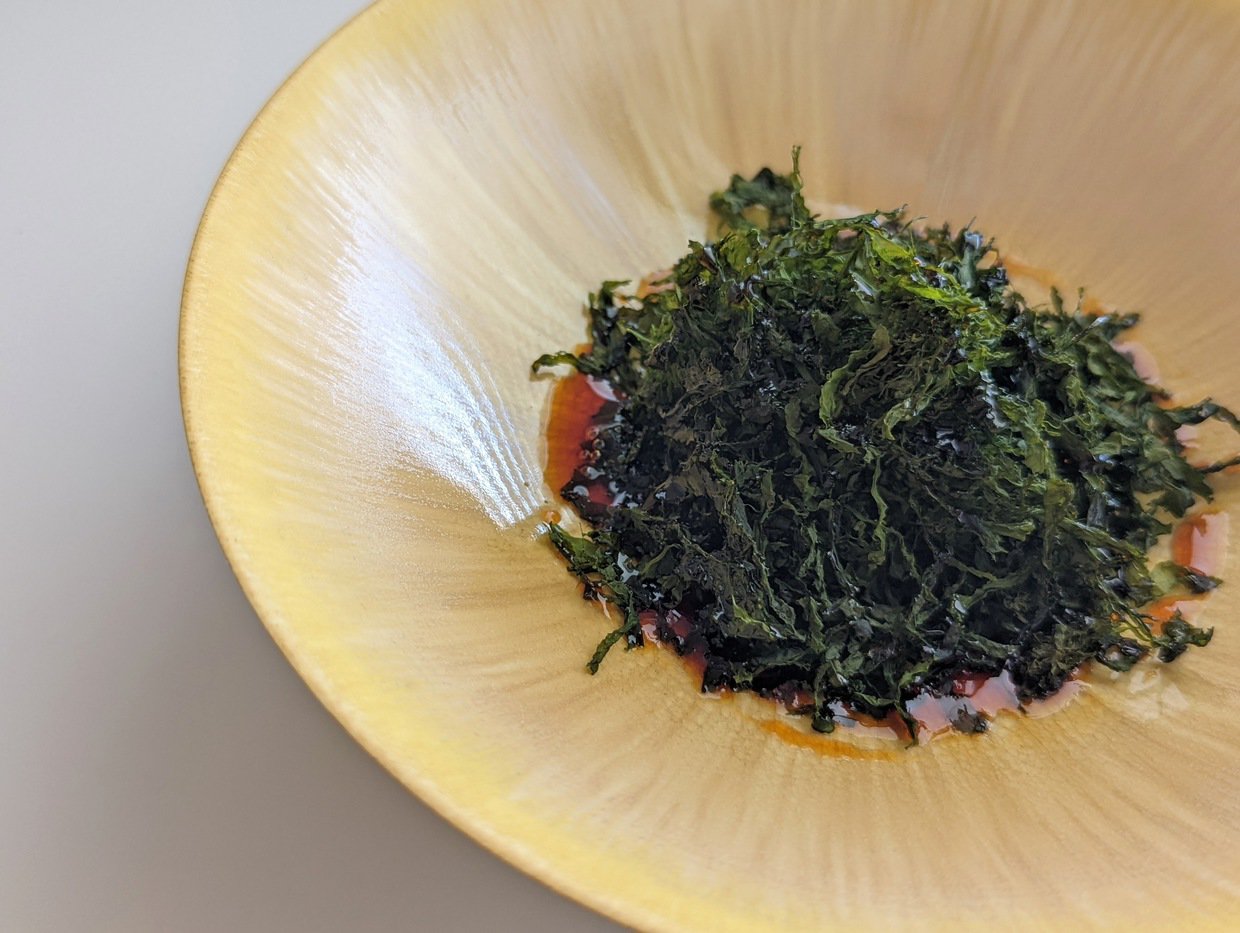
Next, let's try the Owase-style.
Pouring soy sauce over the toasted Habanori in advance.

The Habanori becomes nicely moist, and it already smells delicious. ^^
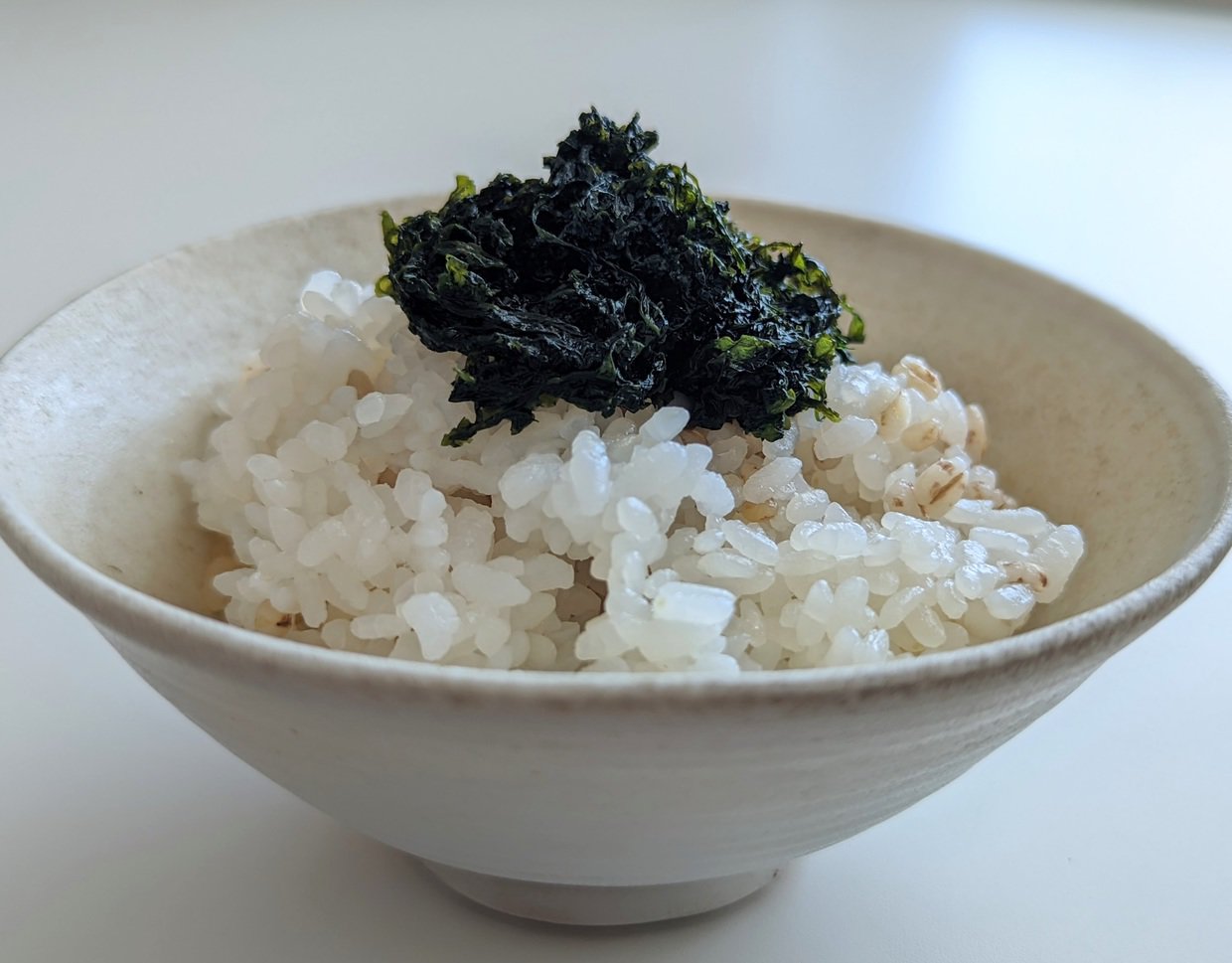
Place this soy-sauce-soaked Habanori on hot rice.
The aroma is incredibly appetizing.

So tasty!
The soy sauce seeps into the Habanori, and the Habanori enriches the soy sauce with its umami.
For my first attempt, I kinda used too much soy sauce, making it overly salty like tsukudani (seaweed boiled in soy sauce).
So I tried to adjust the amount of soy sauce carefully, which was super amazing! It definitely transformed into an amazing rice companion. If this was inside an onigiri, I'd be moved to tears.
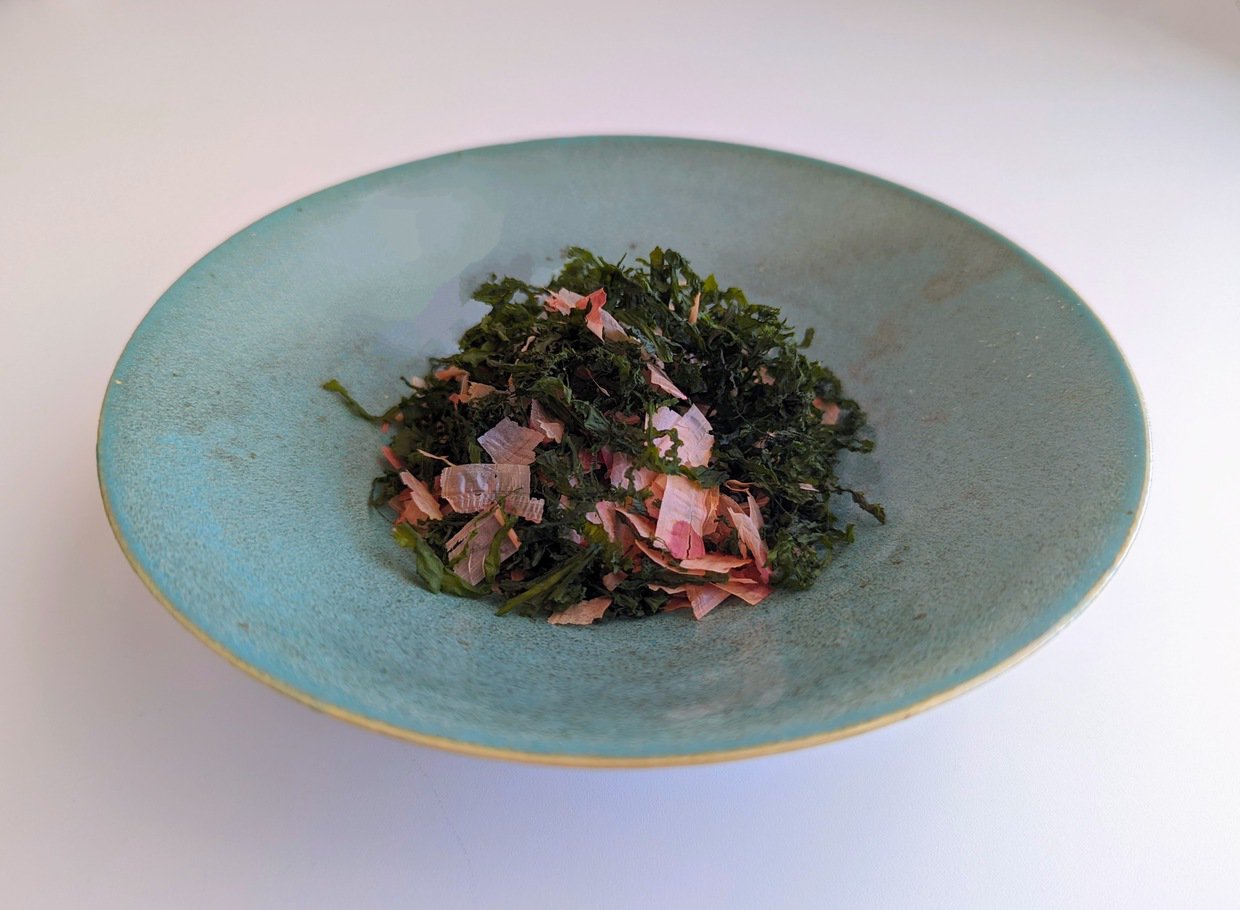
Now, let's try a different regional method by mixing toasted Habanori with katsuobushi (bonito flakes).

This time, I mixed equal parts of toasted Habanori and katsuobushi.
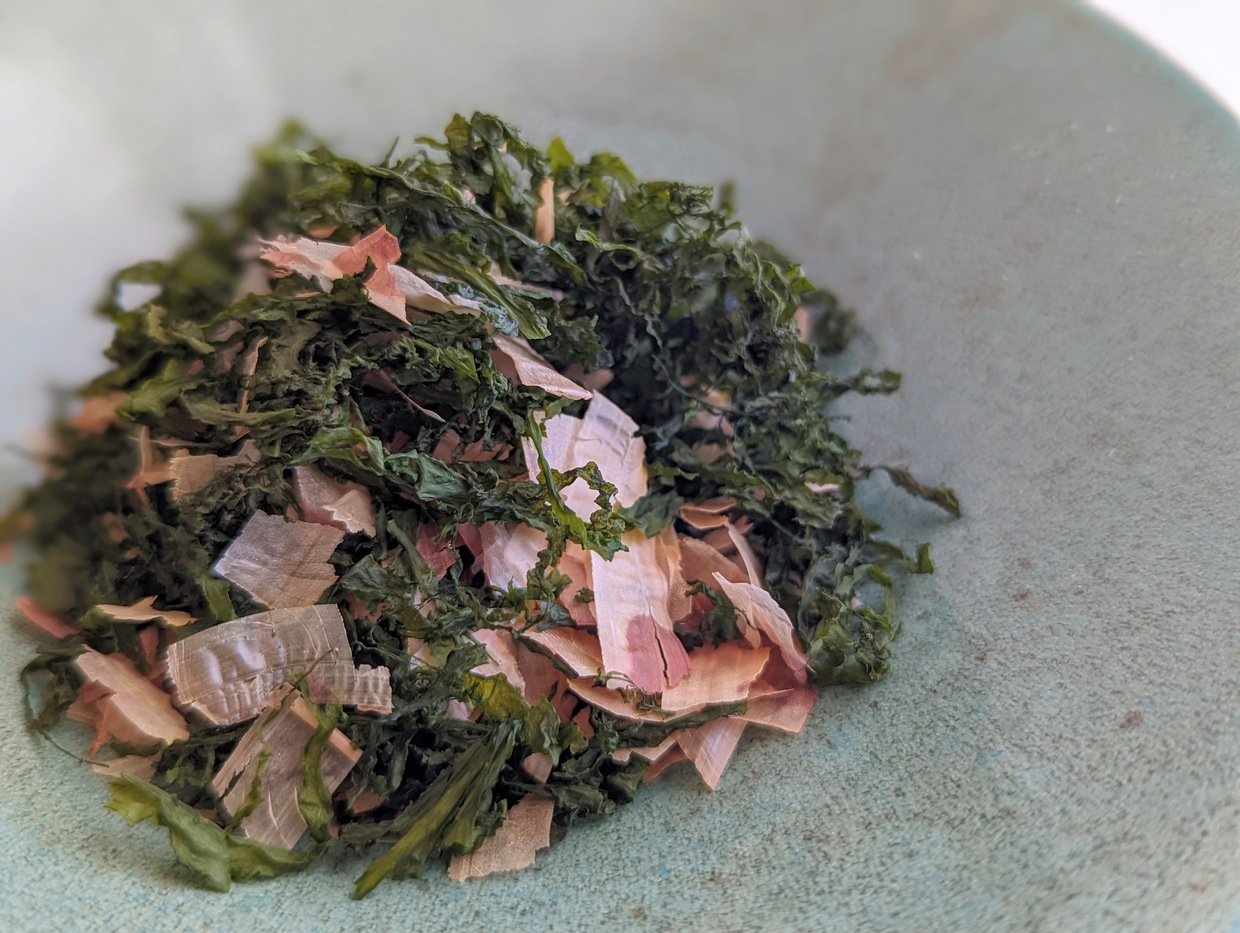
The katsuobushi I used is from Kagoshima Prefecture: Ibusuki Bonito Flakes
I already have a hunch that it will be delicious.

First, let's try placing it on rice and drizzling soy sauce over it.
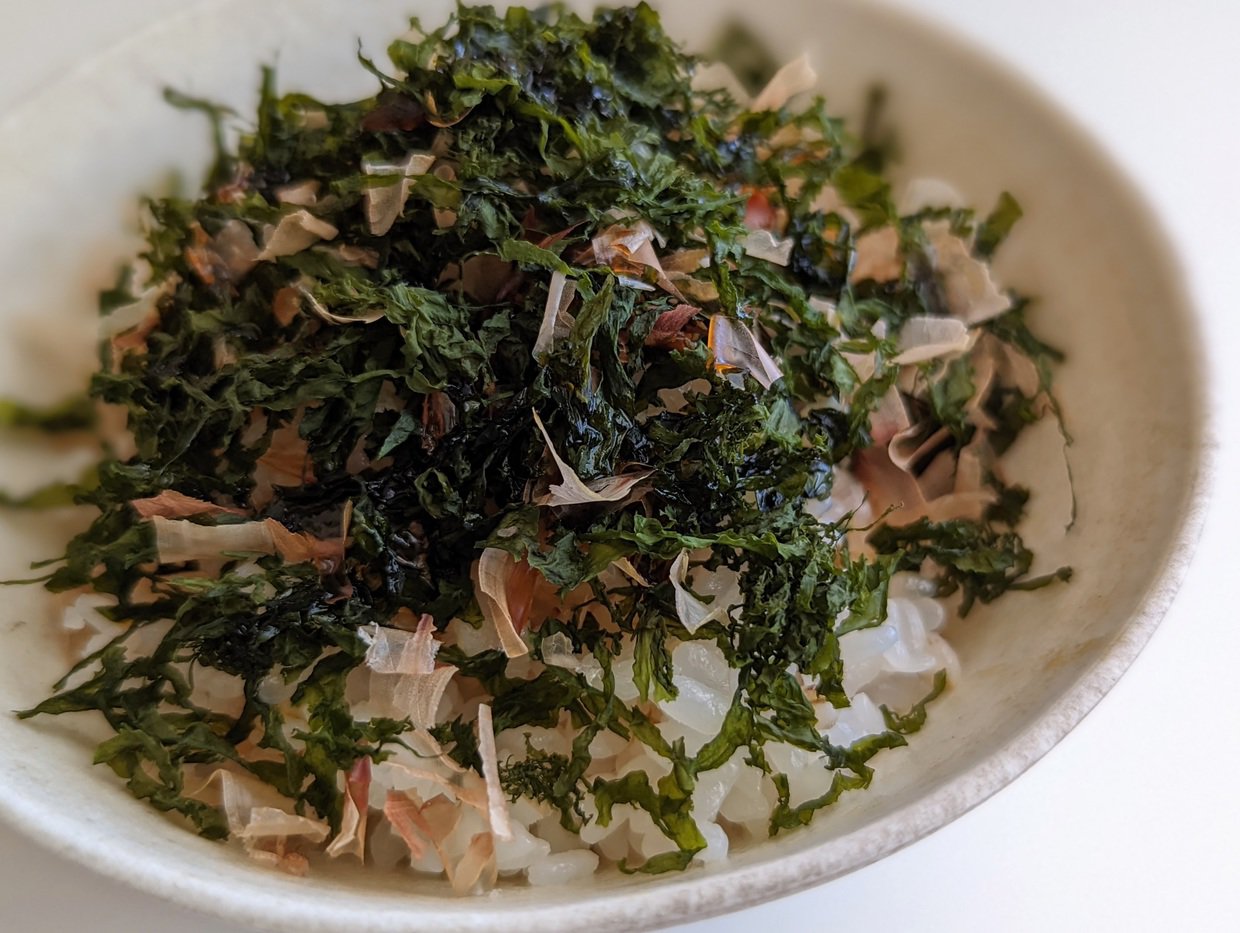
Delicious!
This pairing makes it hard to stop eating the rice.
 Finally, let's try mixing Habanori and katsuobushi, then soaking it in soy sauce to make it moist.
Finally, let's try mixing Habanori and katsuobushi, then soaking it in soy sauce to make it moist.
When placed on hot rice, I was surprised with it's distinctive aroma!
The enticing scent of Habanori and the aroma of katsuobushi blend perfectly with the fresh-cooked rice.
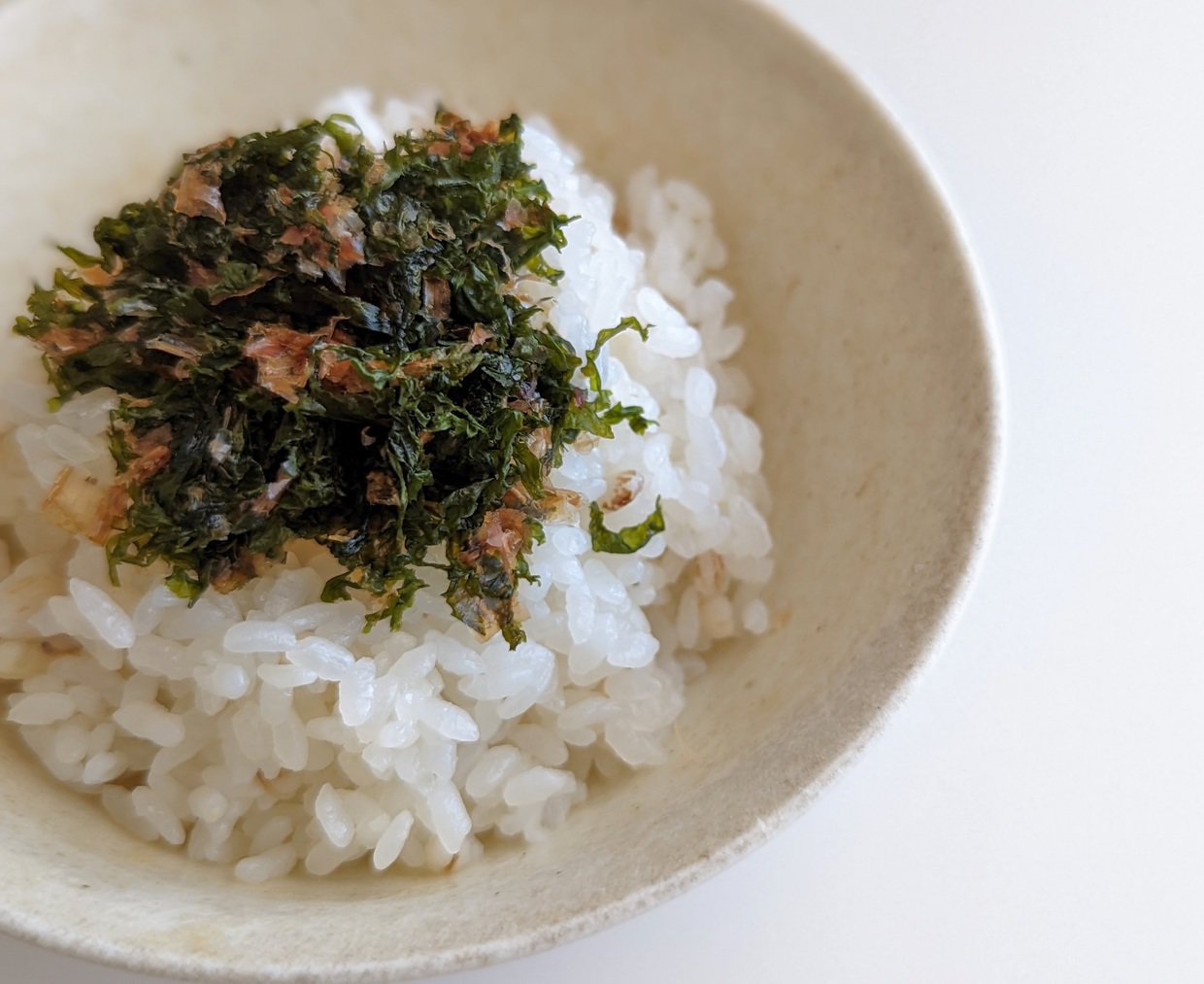
I can say that every recipe for this Habanori Rice is delicious.
While it ultimately comes down to personal preference, you can also experiment the different recipes based on the dish you make.
Whether you want a fluffy, soft rice presentation, an onigiri with a crunchy outer layer, a deeply flavorful combination with hot rice, or a moist filling inside an onigiri, there's always a perfect way to enjoy Habanori for everyone.
I hope this journal helped you to find your favorite way to eat Habanori!
For more details, check out the Habanori Blog.
Daisuke Okada
Born in 1979 / Sushi artisan and Sushi chef.
At the age of 18, he embarked on a journey into the world of food, dedicating himself to mastering the art of sushi. By the age of 24, he had gained enough experience and expertise to venture into independent sushi craftsmanship.
In 2008, he founded "Sumeshiya," a sushi restaurant located in Chuo Ward, Tokyo, operating on a reservation-only basis, catering to one group per day. His establishment quickly became a topic of discussion among food enthusiasts.
Subsequently, in 2016, he relocated his restaurant from Asakusabashi to Edogawabashi in Bunkyo Ward. Over the years, Okada has continuously expanded the possibilities of being a sushi artisan, participating in various projects such as serving as a model for a sushi manga titled "L’Art du Sushi" in France and curating exhibitions related to tableware and culinary arts at the New National Museum of Art.
Furthermore, he has authored books such as "おすしやさんにいらっしゃい!Welcome to the Sushi Shop!" published by Iwasaki Shoten and "季節のおうち寿司 Seasonal Home Sushi" published by PHP Institute, showcasing his knowledge and passion for sushi cuisine.
